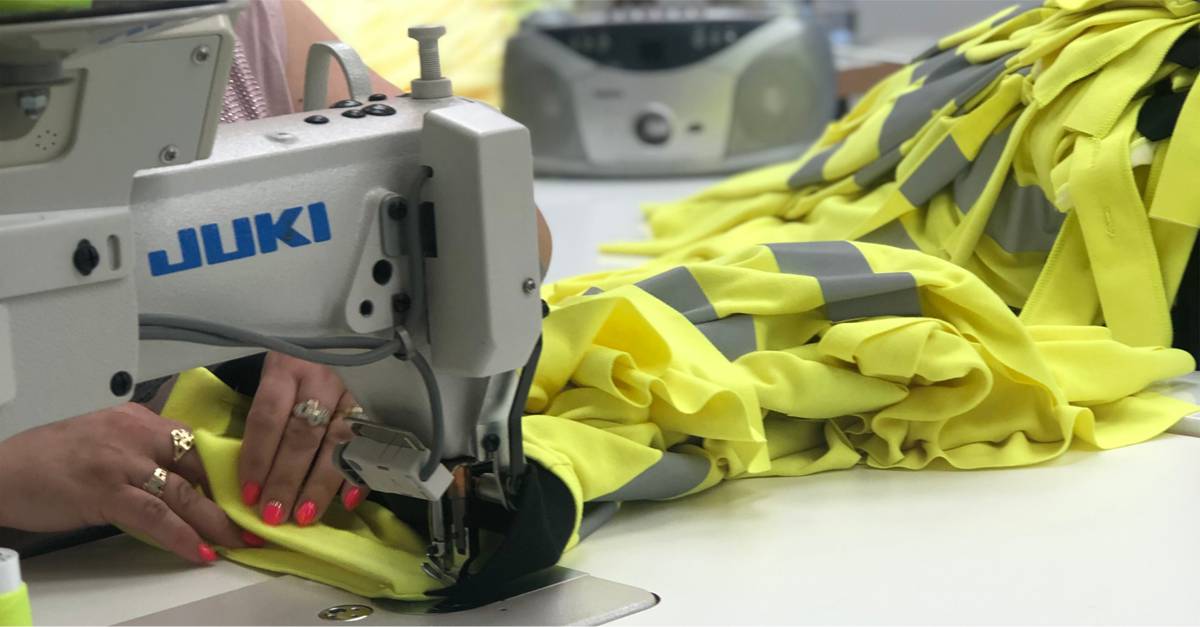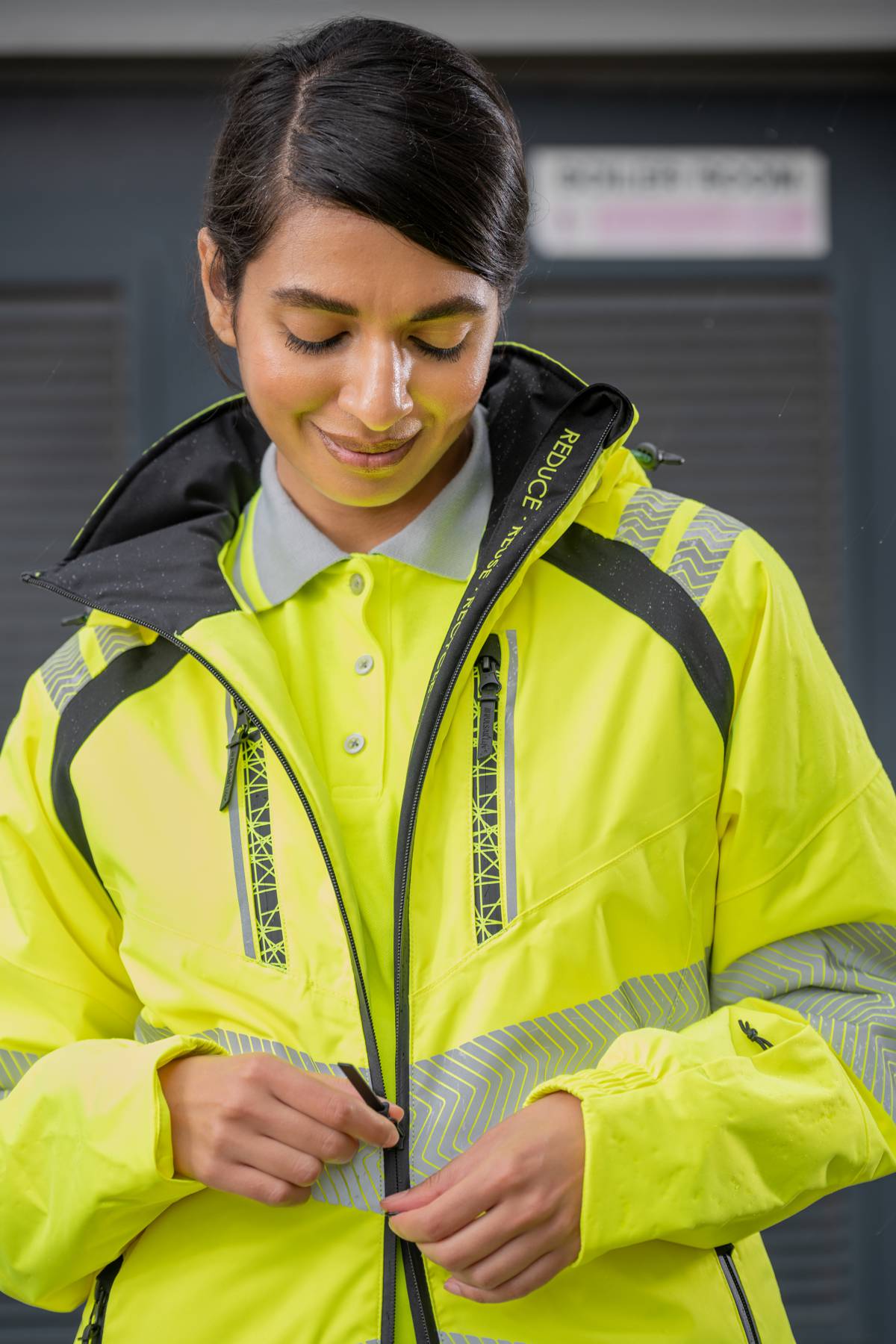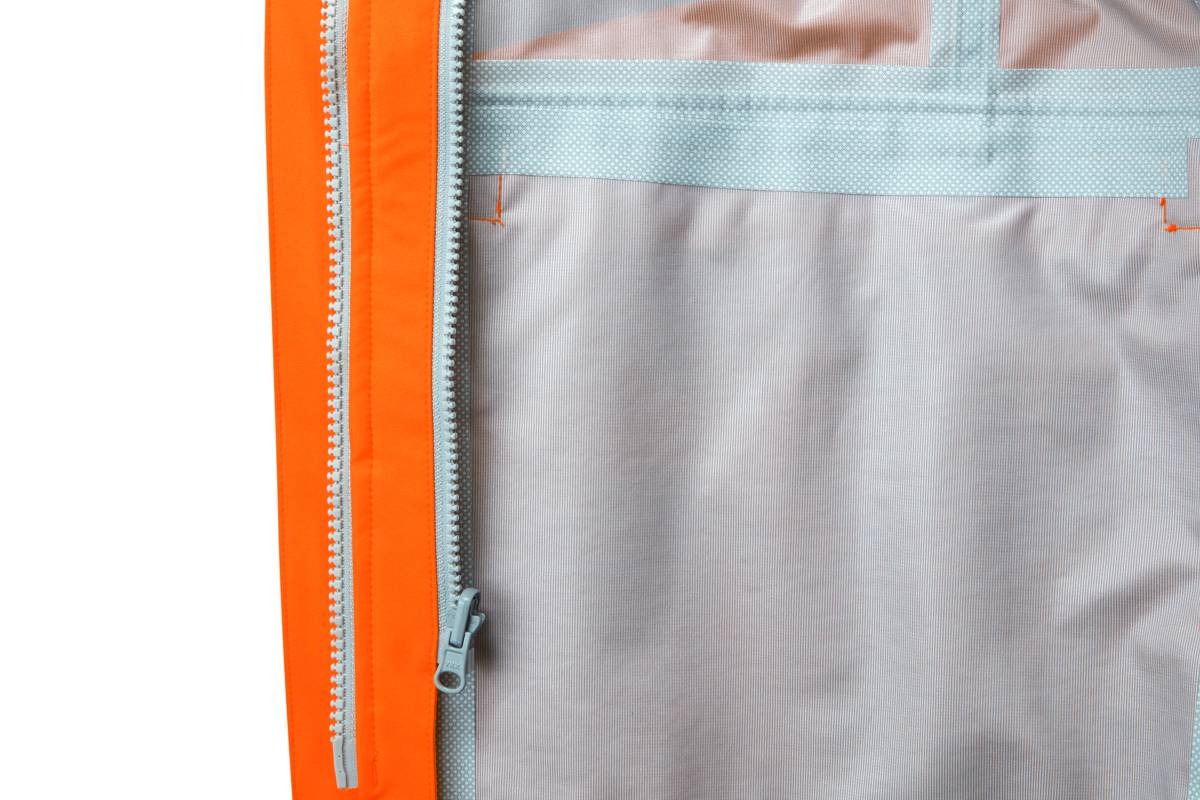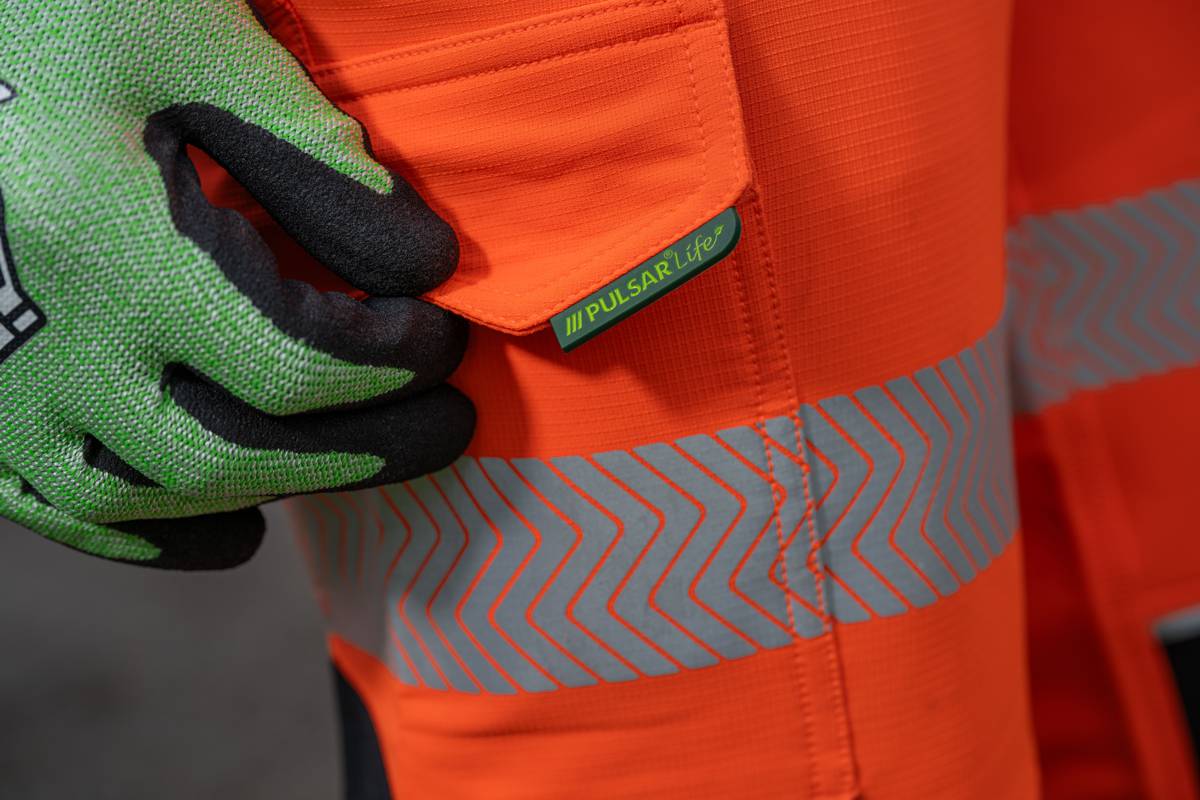Pulsar Hi-Vis Workwear Balances Safety, Durability, and Compliance
Hi-visibility (hi-vis) clothing has long been a linchpin in workplace safety, particularly in high-risk industries like construction, highways, rail, and utilities. However, the conversation is shifting beyond just safety to consider the longevity and environmental impact of these garments.
In a recent discussion, Hannah Sargent of PULSAR® shared her insights on the evolving demands of hi-vis workwear, focusing on durability, safety standards, and sustainability.
The Safety Standards and Compliance is Key
Hi-vis workwear is more than just brightly coloured clothing—it’s a lifeline in hazardous environments. Fluorescent yellows and oranges, paired with retro-reflective strips, ensure visibility in low light and high-traffic areas. To maintain these safety benefits, international standards like EN ISO 20471:2013 mandate the performance of materials used in hi-vis designs. This regulation underscores the need for garments to visually signal the user’s presence, safeguarding them from potential harm.
Employers, in turn, bear the responsibility of providing compliant workwear that meets these standards. Hi-vis clothing must carry the CE mark and conform to one of three classes of protection:
- Class 1: Minimal visibility for low-risk areas.
- Class 2: Intermediate protection for moderate risk.
- Class 3: Maximum visibility for high-risk environments.
Regular inspections are essential to ensure garments retain their compliance. Over time, dirt, wear, and tear can degrade a garment’s reflective properties, rendering it ineffective. Employers are encouraged to check for signs of fading, damaged reflective strips, or fabric deterioration to ensure the safety of their teams.

Keeping Hi-Vis Compliant Over Time
Hi-vis clothing faces unique challenges. Exposure to the elements, grime, and frequent laundering can wear down its reflective qualities and fluorescent colours. Outerwear like jackets may benefit from simple wipe-clean surfaces, but next-to-skin garments, such as shirts or trousers, require regular washing to remain hygienic and comfortable.
Unfortunately, each wash chips away at the garment’s lifespan. Poor-quality materials often degrade faster, leading to faded colours and compromised reflective strips. Once a garment no longer meets safety standards, replacement is the only option, which can strain budgets and contribute to environmental waste.
Designing for Longevity
Forward-thinking manufacturers are addressing these issues head-on, prioritising durability from the design stage. By using high-quality materials, sustainable processes, and early wearer trials, brands like PULSAR® are extending the lifecycle of hi-vis workwear.
Key Innovations in Hi-Vis Workwear Durability:
- Extended Wash Durability: Many hi-vis garments now retain their performance for up to 50 washes, far surpassing the industry standard of five. This longevity ensures workers stay visible and protected for longer, reducing replacement cycles.
- Advanced Materials and Finishes:
- Abrasion-resistant fabrics: Ideal for professionals who frequently kneel or work on rough surfaces.
- Water-repellent coatings: Protect wearers from rain while extending garment durability.
- Breathable textiles: Help regulate body temperature for added comfort.
By focusing on these features, manufacturers not only enhance wearer safety but also reduce the environmental and financial costs associated with frequent replacements.

The Environmental Impact of Disposable Workwear
Here’s a sobering statistic: nearly 90% of the UK’s used workwear and PPE ends up in landfills or is incinerated. This staggering waste is a wake-up call for the industry to adopt more sustainable practices.
Research shows that extending the lifespan of garments by just nine months can cut carbon, water, and waste footprints by 4–10%. By investing in durable hi-vis clothing, employers can reduce environmental impact while ensuring their workforce remains protected.
Sargent also highlighted the growing importance of circular economy principles. Manufacturers are beginning to explore recycling programmes that turn end-of-life garments into raw materials for new products, further reducing landfill contributions.

Why Durability Matters to Employers
For employers, durable hi-vis workwear represents a win-win situation:
- Enhanced Safety: Reliable clothing ensures workers remain visible and protected, even in harsh conditions.
- Cost Savings: Higher-quality garments reduce the need for frequent replacements, lowering long-term expenses.
- Sustainability Goals: Durable designs support corporate sustainability initiatives, demonstrating a commitment to the environment.
Moreover, selecting poor-quality replacements to save costs can backfire, leading to more frequent purchases and compromised worker safety. By choosing better, employers can safeguard both their teams and their budgets.

A Shift Towards Multi-Functional Workwear
The future of hi-vis workwear lies in multi-functional designs that balance durability, compliance, and comfort. As industries demand more from their safety gear, manufacturers must rise to the challenge by embracing innovation and sustainability.
This shift isn’t just a trend—it’s a necessity. Durable, compliant workwear keeps employees safe, reduces environmental impact, and aligns with evolving regulatory standards. It’s clear that the journey toward more robust hi-vis clothing is not just about meeting minimum requirements but exceeding them, ensuring both people and the planet benefit.




















